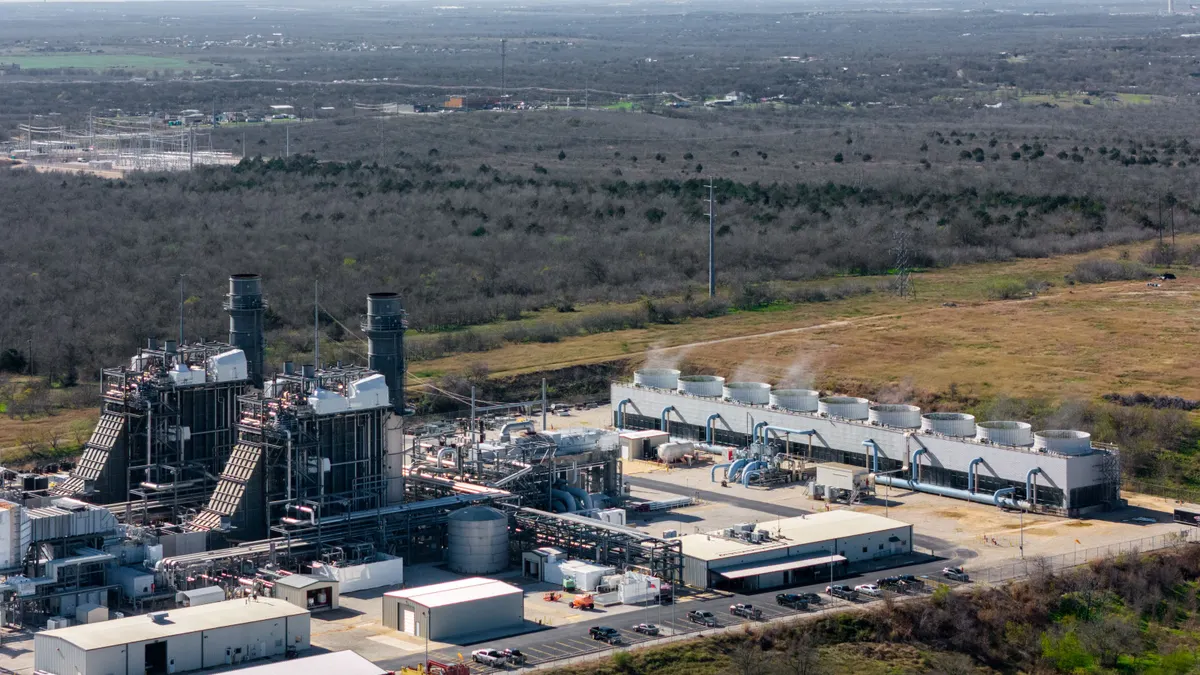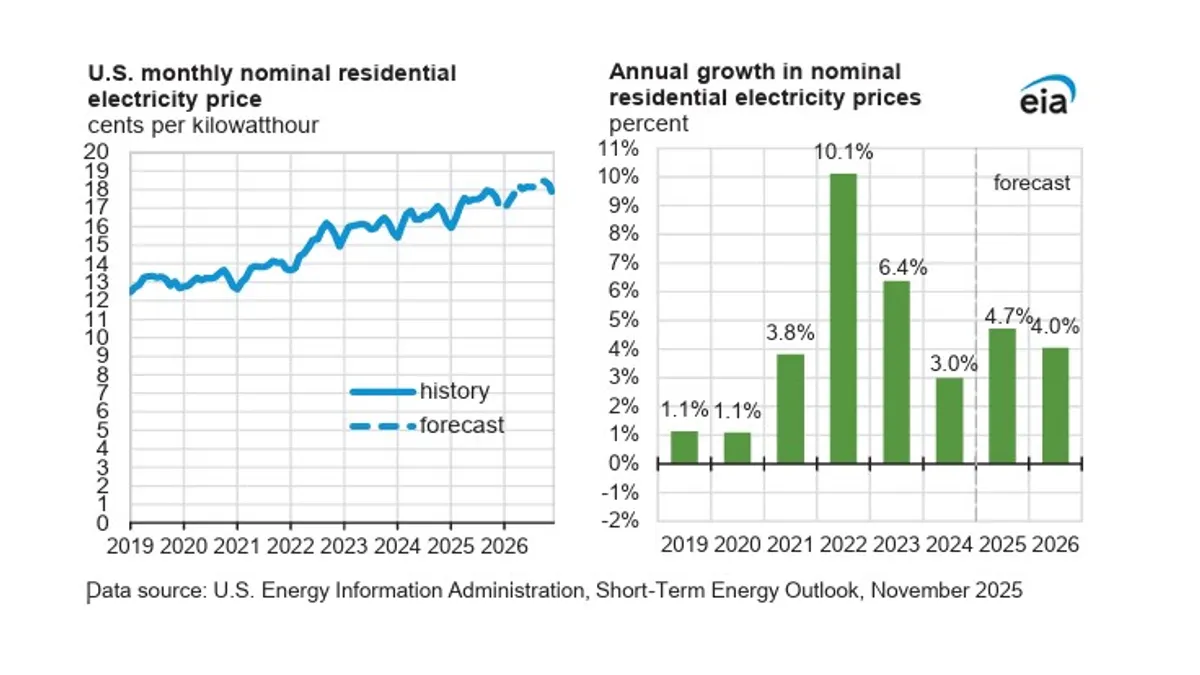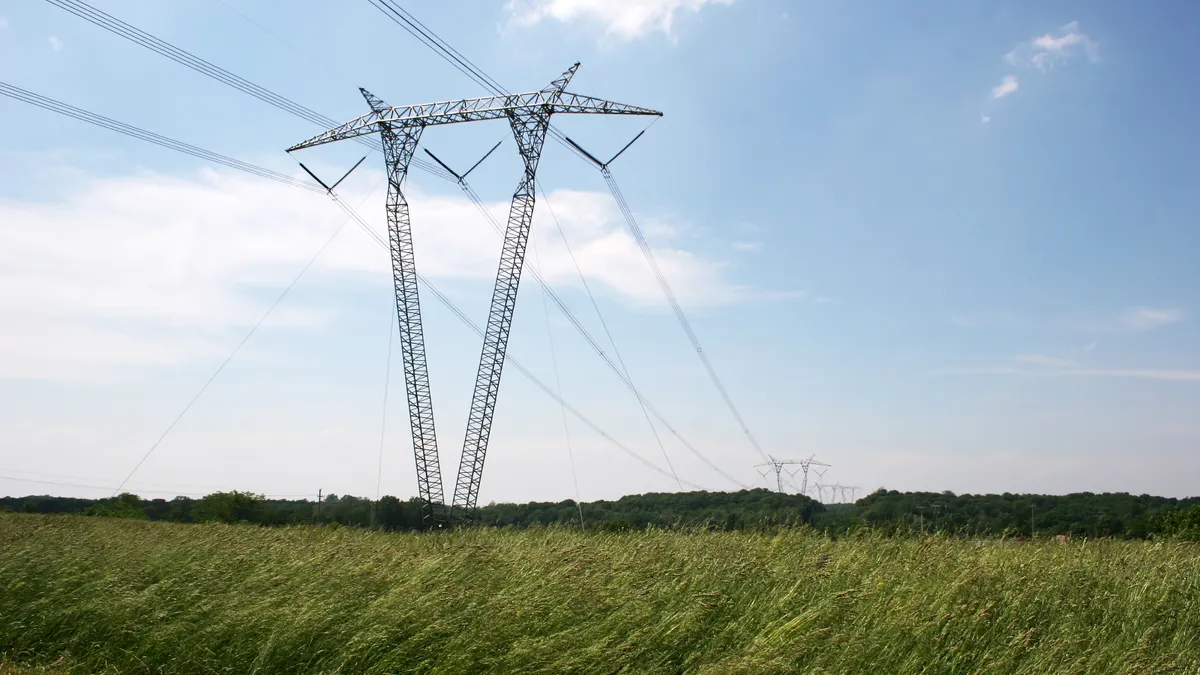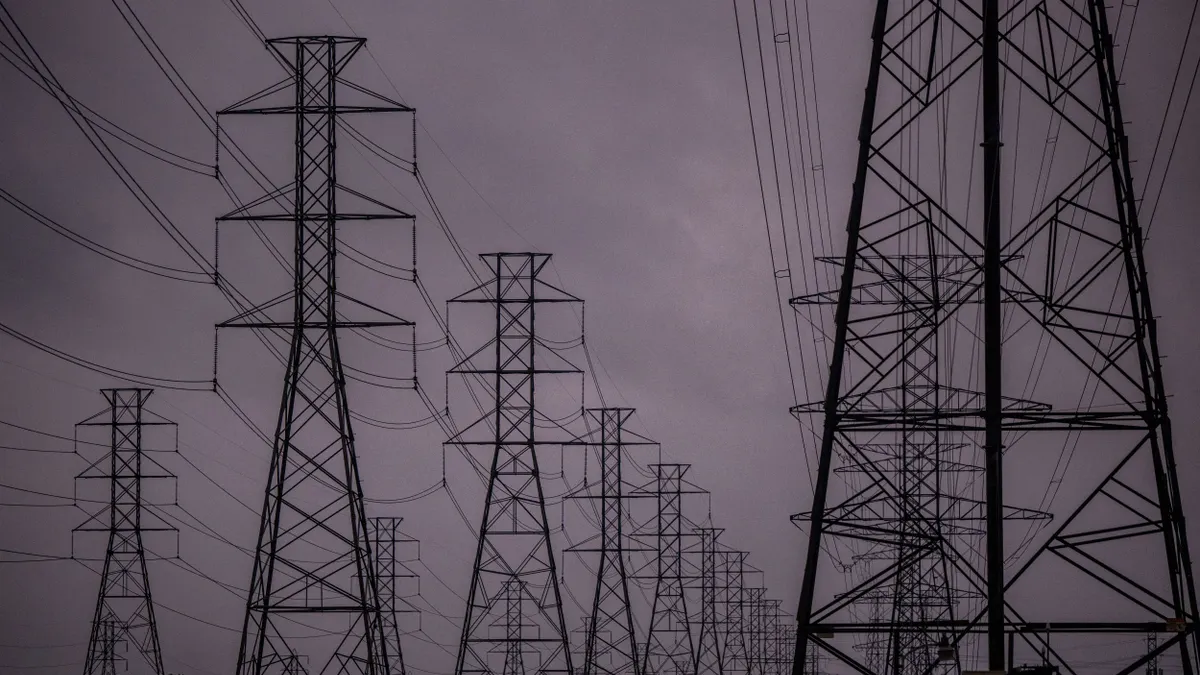In June, federal regulators took a first step towards digging into a backlog of return on equity (ROE) cases, and now the impacts are filtering down to grid operators and utilities through a complex series of decisions. FERC has altered its methodology, lowered the return on equity for New England transmission owners, and opened a review of ROEs in the Midcontinent Independent System Operator territory.
“At various times, each of my peers has publicly emphasized the importance of addressing the backlog of ROE cases at the commission," Chairman Cheryl LaFleur said in June. But the decision that month, instead of addressing the backlog directly, changed the way ROEs were determined.
LaFleur explained that "the commission does not take such a step lightly, without considering both consumer interests and the need for investment certainty to promote transmission infrastructure."
In the decision, Order 531, FERC moved from a one-step discounted cash flow analysis to a two-step analysis, narrowed the zone of reasonableness for return on equity, and began a paper hearing on appropriate long-term growth rates to use in the electric utility sector.
Fast forward to October, and federal regulators issued a pair of related orders. In one, they cut the ROE for New England transmission owners and changed the methodology for determining base ROE. In a second order, regulators set for hearing a complaint on similar issues in MISO's territory.
MISO Transmission Owners, on Nov. 17, filed for rehearing.
Order 531-A
FERC Order 531-A was issued on the paper hearing regulators opened in June. The order determined that gross domestic product (GDP) was the appropriate long-term growth rate projection to use in determining the return for the New England Transmission Owners (NETO)—the same as is used in ROE cases for oil and gas pipelines.
"We find that the projected long-term growth in GDP is the appropriate long-term growth projection to be used in the two-step DCF methodology for determining the NETOs’ ROE," the order stated. "We further find that, in this proceeding, 4.39% is the appropriate projection of long-term GDP growth."
FERC said that when a public utility’s ROE is changed, either under section 205 or section 206 of the Federal Power Act, that utility’s total ROE should not exceed the top of the zone of reasonableness produced by the two-step DCF methodology, including transmission incentive ROE adders.
"Using a projected long-term GDP growth rate of 4.39% in this proceeding produces a zone of reasonableness for the NETOs of from 7.03% to 11.74%," the order stated. "We, therefore, also find that the NETOs’ total or maximum ROE, including transmission incentive ROE adders, cannot exceed 11.74%."
FERC's decision set the base ROE for NETO at 10.57% and required refunds, plus interest, for the period October 2011 through Dec. 31, 2012. The decision also found that New England Transmission Owners’ maximum ROE, including incentives, cannot exceed 11.74%, which FERC said was the top of the zone of reasonableness in the proceeding.
Another look at MISO returns
The same day FERC ordered refunds in New England, it issued an order setting for hearing the base ROE for transmission owners in MISO. The commission determined a group of transmission customers had shown sufficient reason for disputing the 12.38% ROE for transmission owners operating in the midwest grid operator's territory.
The complainants include a group of large industrial customers, including a coalition of MISO transmission customers. The group claimed they were being charged about $327 million too much each year, and recommended a 9.15% ROE instead.
FERC has set the issue for hearing, and indicated in its decision it expects the new two-step discounted cash flow analysis will be used. But the commissioners rejected two other complaints the transmission customers had raised, one focused on incentives and the other on capital structure.
While the new formula for determining ROE has been set, the arguments will hinge on what proxy groups will be used to represent companies. Observers say FERC has stressed the case-by-case nature of these proceedings, but expect MISO transmission owners will wind up with significantly lower returns on equity.
Denied on other issues
FERC rejected allegations that International Transmission Company, d/b/a ITC Transmission and Michigan Electric Transmission Co., have ROE adders in place that are no longer just and reasonable. International Transmission's customers had taken issue with the 50 basis point adder that ITC Transmission currently receives for RTO membership and the 100 basis point adder that ITC Transmission and METC receive for being independent transmission companies.
The complainants argued the incentives are no longer necessary to promote the FERC's policy goals as they relate to RTO participation and transmission independence.
But FERC replied that "just as ongoing participation in an RTO justifies continued provision of the RTO participation incentive, ongoing operation as an independent transmission company justifies continued provision of the independence incentive."
"The commission continues to find that this corporate structure provides benefits to consumers that justify the incentive," FERC said in its order. "Complainants make no showing that these benefits have diminished or that ITC Transmission or METC no longer operate as independent transmission companies."
FERC also denied complaints relating to the capital structure of transmission owners, specifically those requesting that MISO transmission owners’ capital structures should be capped at 50% common equity.
"Complainants have not demonstrated that such capital structures are not just and reasonable, nor have they cited any precedent for capping, for ratemaking purposes, the level of common equity in such capital structures for individual utilities, much less groups of utilities," FERC said.
The commission also noted that it has not dictated the level of common equity in utility capital structures used in ratemaking beyond very limited and specific circumstances, "which complainants have not demonstrated are present in this case."
Request for rehearing
The MISO Transmission Owners filed for rehearing on Nov. 17, asking FERC to reject a review of its base ROE on two grounds: First, that the commission cannot find the ROE unjust because it falls within an "applicable zone of reasonableness;" and second, that the complainants did not have proper standing to intervene in the first place.
"The commission erred by failing to find that an existing ROE, as a matter of law, cannot be unjust and unreasonable so long as it remains within the zone of reasonableness," the transmission owners said. They acknowledged that in another case FERC determined that a ROE within the zone of reasonableness still may be unjust and unreasonable, but noted "that ruling has not been subjected to judicial review."
"More importantly," said the transmission owners, "the complaint does not allege that any complainant is a transmission customer of MISO that pays, or is otherwise adversely affected by, the rates stated in the MISO Tariff that include the base ROE that the complaint challenges."






















